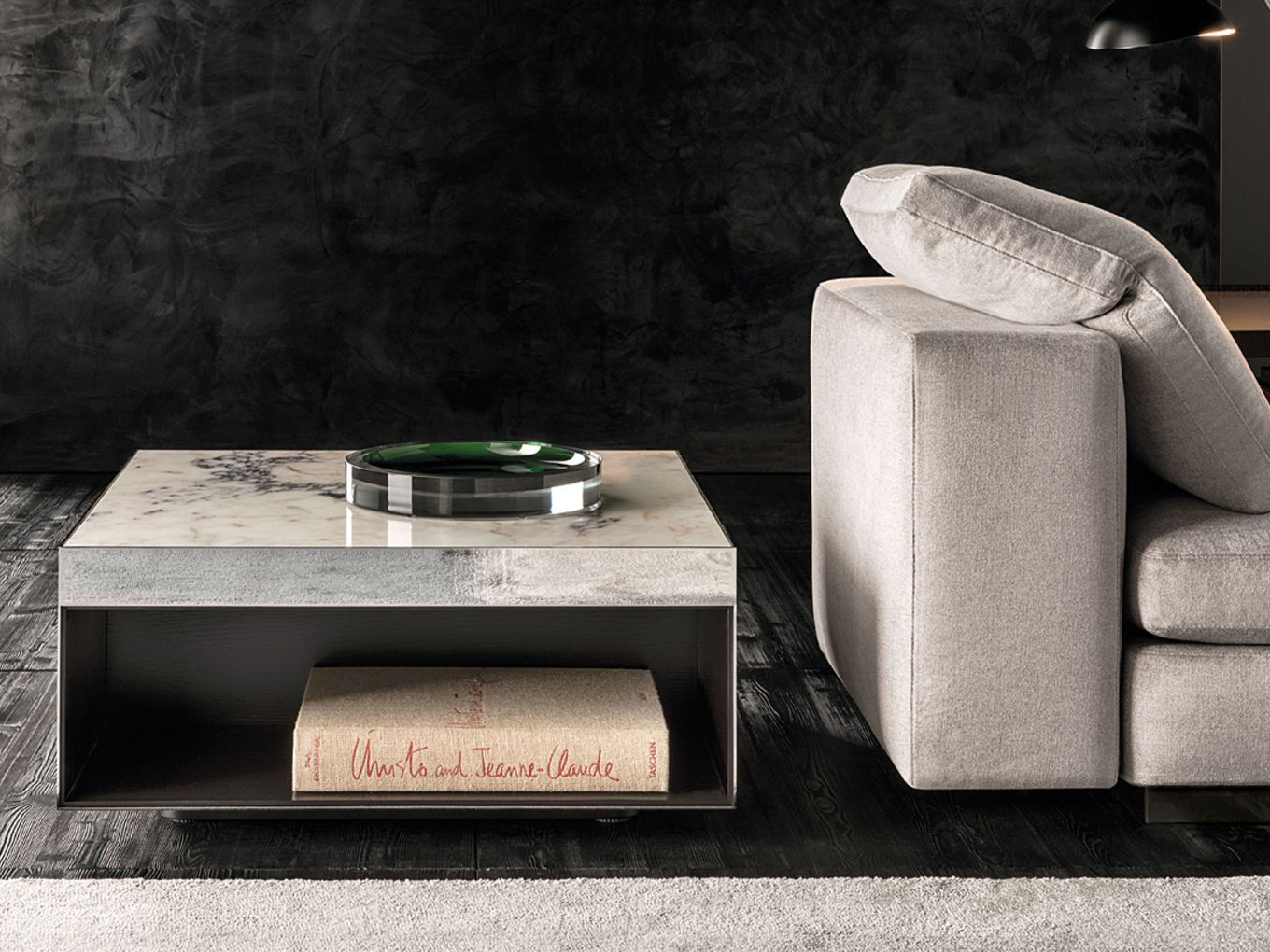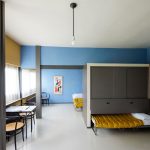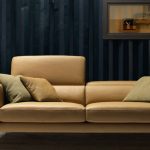When it comes to photography, lighting can make all the difference, especially when it comes to portrait photography. One of the most important factors to consider when it comes to lighting is profile lighting. Using the right lighting techniques can enhance facial features, create depth and dimension, and capture stunning portraits. In this guide, we’ll take a closer look at profile lighting and provide tips and tricks for achieving the best results.
What is Profile Lighting?
Profile lighting, also known as rim lighting, is a technique that involves placing a light behind the subject, so that it creates a halo or glow around the edges of the subject’s face or body. The purpose of profile lighting is to create separation between the subject and the background, as well as to enhance the contours of the subject’s features.
How to Set Up Profile Lighting
The key to achieving the best results with profile lighting is to set up the lighting correctly. Here are some tips for setting up profile lighting:
- Use a light with a narrow beam angle and place it behind the subject.
- Position the light slightly above the subject’s head and angle it down towards the subject.
- Adjust the height and angle of the light until you achieve the desired look.
- Use a reflector or diffuser to control the intensity of the light, if needed.
It’s important to note that profile lighting can be used in conjunction with other lighting techniques, such as key lighting and fill lighting, to achieve a variety of effects.
How to Use Profile Lighting for Portraits
Profile lighting can be used to create a variety of stunning portraits. Here are some techniques for using profile lighting:
Portraits with Dramatic Lighting
If you want to create dramatic portraits, profile lighting can help. Position the light behind the subject and adjust the height and angle until you achieve the desired effect. Use a dark or neutral background to create a more dramatic look.
Portraits with a Soft Glow
If you want to create portraits with a softer, more ethereal look, use a reflector or diffuser to control the intensity of the profile lighting. This will create a soft glow around the subject’s edges, creating a dreamy effect.
Portraits with a Cinematic Look
Profile lighting can be used to create portraits with a cinematic look. Use a single light source to create a strong profile light and position the subject to face towards the light. This will create a strong, dramatic look that is reminiscent of classic Hollywood films.
Profile lighting is an essential technique for portrait photography. By using the right lighting techniques and setting up the lighting correctly, you can capture stunning portraits that are full of depth and dimension. We hope this guide has provided you with the knowledge and skills to achieve amazing results with profile lighting!



